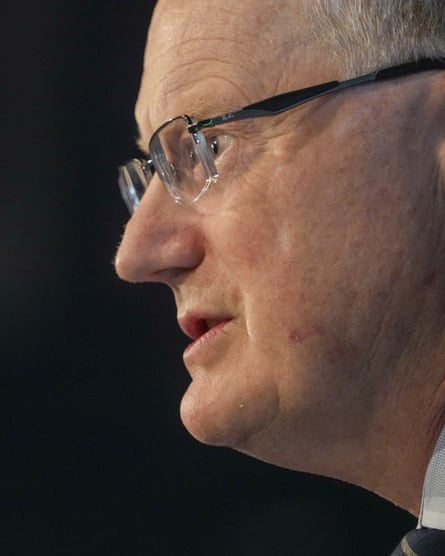Twenty years ago, a youngish economist destined to become a household name in Australia issued a warning to central banks everywhere.
“[L]owering rates or providing ample liquidity when problems materialise but not raising rates as imbalances build up, can be rather insidious in the longer run,” he said.
“They promote a form of moral hazard that can sow the seeds of instability and of costly fluctuations in the real economy.”
So said Philip Lowe, the future Reserve Bank governor, in a paper he co-authored while on secondment at the Bank for International Settlements in Switzerland with senior BIS economist Claudio Borio.
The two presented their report to a March 2002 conference hosted by BIS – dubbed “the bank for central banks” – on how risks could grow even over times of apparent calm.
Of specific concern were financial imbalances, such as asset bubbles, that might emerge during stints of low inflation. In some circumstances, it would be appropriate for banks to take pre-emptive action “to preserve both financial and monetary stability”.

How central banks should act – and what they actually do – is at the heart of a fascinating if somewhat alarming new book by UK-based economic commentator Edward Chancellor.
The Price of Time explores the history and role of interest rates. Central banks,…



























































